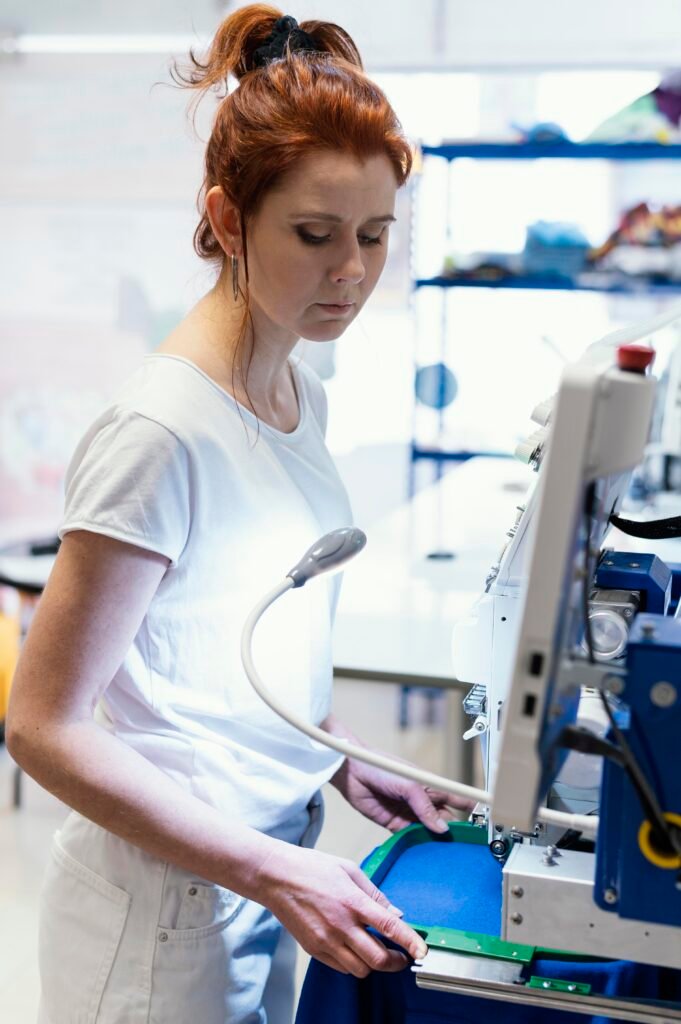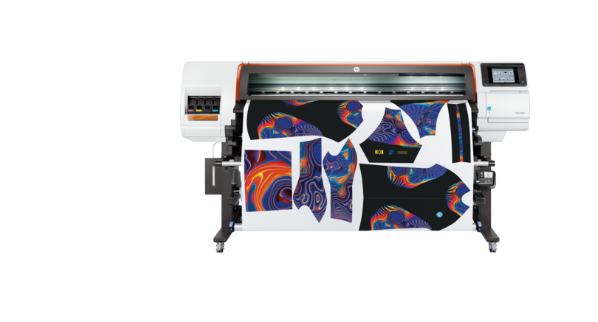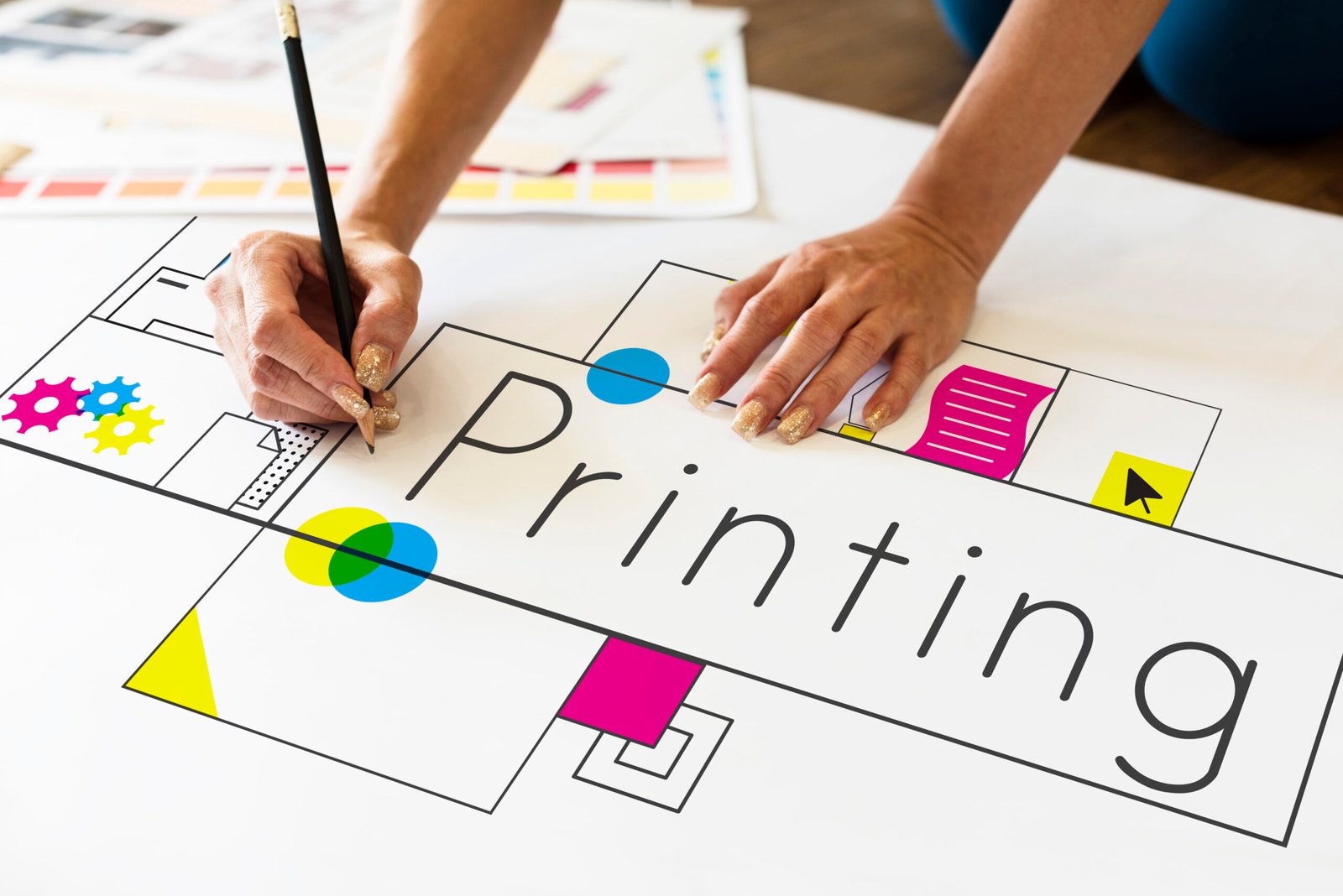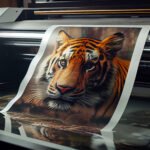We’ll break down the complex inner workings of DTF printers and DTG printers in this extensive essay and provide advice to small business owners, entrepreneurs in the garment sector, and printing industry experts. Whether you’re on the verge of a new venture, seeking to expand, or simply considering an upgrade, the choice between a DTF printer and a DTG printer is crucial. You’ll be better equipped to choose a plan of action that perfectly meets the unique needs of your company after reading this.
In the lively world of printing, innovation seems endless, offering artisans and entrepreneurs more ways to express their craft and business acumen. Among the many technologies available, the showdown between Direct-to-Film (DTF Printer) and Direct-to-Garment (DTG) printers has been particularly fierce. Choosing the finest printing technique is only one step in the process; you also need to think about what would be ideal for your company, your goals, and your intended audience.
The Basics of DTF and DTG Printing
Before we plunge into the comparison, it’s essential to understand what’s under the hood of each technology.
DTF Printing Technology
DTF printing involves creating a design on a film sheet, which is then printed with special adhesive ink using an inkjet printer. The resulting film is then transferred to the garment using a heat press machine.
Pros of DTF Printing:
- Economical for medium and high volume runs.
- Superior opacity and vibrancy on dark-colored garments.
- Suitable for various fabric types.
- Less pretreatment than DTG printing.
Cons of DTF Printing:
- Set-up and peel time can make it less efficient for small batches.
- More steps in the process, which can also result in a slightly elevated learning curve.
- Film’s shelf life and environment can affect its quality.
DTG Printing Technology
DTG printing, in contrast, is akin to printing on paper. A specially modified inkjet printer applies water-based ink directly onto the fabric of the garment.
Pros of DTG Printing:
- Excellent for small-batch printing and intricate designs.
- Versatile, allowing for easy customization and personalization.
- Minimal set-up time, suitable for one-offs and sample runs.
- Friendly to the environment due to water-based inks.
Cons of DTG Printing:
- Higher maintenance costs and more frequent maintenance required.
- Not as cost-effective for large quantities when compared to DTF printer.
- Prone to clogging if not used regularly.
Now that we have the initial overview, we can explore both technologies in more depth.
DTF Printer Technology: Unwrapping Your Options
DTF printing has been a game-changer for those looking for an alternative to traditional methods like screen printing. The transfer film acts as the direct medium between the garment and the printer, offering some distinct advantages.
Applications and Versatility
DTF excels at producing high-quality and detailed prints on a variety of fabrics, including delicate materials like spandex and fleece. The versatility extends to print placements, with the ability to print designs on sleeves, collars, and other unconventional areas.
Innovative Capabilities
Apart from fabric diversity, DTF printers can produce 3D effects and textures, adding depth and tactile experiences to designs that are not possible with DTG or traditional screen printing. Embossed or raised finishes are popular choices for brands aiming to create a memorable and premium product
Cost and Speed
While DTF’s initial investment can be significant, it quickly proves its worth with efficient ink usage and reduced labor costs for larger print volumes. This makes it a cost-effective choice for businesses that frequently handle bulk orders.
DTG Printing Technology: Direct to the Heart of Customization
DTG printing, on the other hand, is a haven for those favoring customization and on-demand printing. It is the go-to technology for businesses who value flexibility and quick turnarounds.
Design Freedom
There is almost absolute freedom when it comes to design complexity and color choice. DTG does not limit you to the number of colors in your design, offering true color representations and high-definition prints.
Environmental Footprint
The use of water-based inks makes DTG a greener option compared to other forms of printing. This aspect is increasingly important for businesses looking to reduce their environmental impact and resonate with eco-conscious customers.
Just-in-Time Printing
Businesses that need to fulfill orders quickly or prefer to print only as orders are received can benefit immensely from DTG’s capability to produce on-demand. This negates the need for large inventory and helps in tighter inventory control, which is critical for many small-scale operations.


A Comparative Deep-Dive
To truly understand which of these technologies is the king of your castle, a head-to-head comparison is prudent. Here’s how they stack up on some crucial business metrics.
Cost Considerations
DTF printers generally have a lower cost per square inch of printing, which is favorable for larger runs. The film and adhesive materials are less costly than the inks used in DTG printing. However, the initial investment for the equipment can be higher.
Print Quality and Durability
Both the DTF printer and DTG printer can produce high-quality prints, but the DTF printer excels with vibrancy and color saturation on dark fabrics. The layers provided by the adhesive film and ink create a more durable print, well-suited for garments that will face substantial wear and tear.
Production Speed and Volume
DTG is the clear winner for smaller, on-demand orders, given its quicker set-up time and the ability to print immediately. DTF, while proficient in large volumes, may have a slower production time due to the transfer and pressing steps required for each garment.

Deciding Factors for Your Business
Business Size and Scale
For smaller businesses or those just starting, DTG’s flexibility and lower initial investment can be a better fit. DTF, with its focus on bulk orders, is more suitable for larger operations with the requisite customer base.
Products and Materials
If your business specializes in a variety of materials, DTF’s adaptability across the spectrum may be the clincher. For those focusing on cotton-based items or unconventional substrates, DTG might still suffice, but with some compromises in efficiency and print quality on dark fabrics.
Design Complexity
Intricate and multicolored designs are DTG’s terrain. If your customer base prefers complex, photorealistic designs, the choice is evident. However, if your designs are bold and require high opacity on dark fabrics, DTF offers more effective results.
Real-world Examples of Inspiration
To bring this comparison to life, examining case studies and testimonials can provide insights and inspiration from businesses that have walked this path before.
EcoThreads Case Study
EcoThreads’ switch from DTG to DTF printer resulted in significant cost savings and improved environmental credentials. The ability to print on a wide range of fabrics with less waste aligned perfectly with the eco-conscious brand philosophy.
InkMaster Designs Testimonial
An established design studio showcased how integrating both DTF printer and DTG printer allowed them to sync print methods with specific customer demands, resulting in enhanced service delivery and customer satisfaction.
Conclusion: Why It Matters for Your Business
The debate between the DTF printer and DTG printer cannot be settled with a simple preference; it’s a strategic decision that will have implications for efficiency, customer satisfaction, cost management, and ultimately, business growth. By assessing your needs against the strengths and drawbacks of each method, you can confidently invest in the printing technology that propels your business forward.
Remember, the right printing technology is not just about the features of the equipment, but the value it adds to your products, your brand, and your customers. Whether it’s the velvety touch of a DTF print or the vibrancy of a DTG print, these technologies are tools to craft your success story.




Pingback: Top 10 DTF Printers in the USA: A Comprehensive Guide - newsinmarket.com
Pingback: Canon Printers Empowering Small Businesses, Homes, and Photography - newsinmarket.com